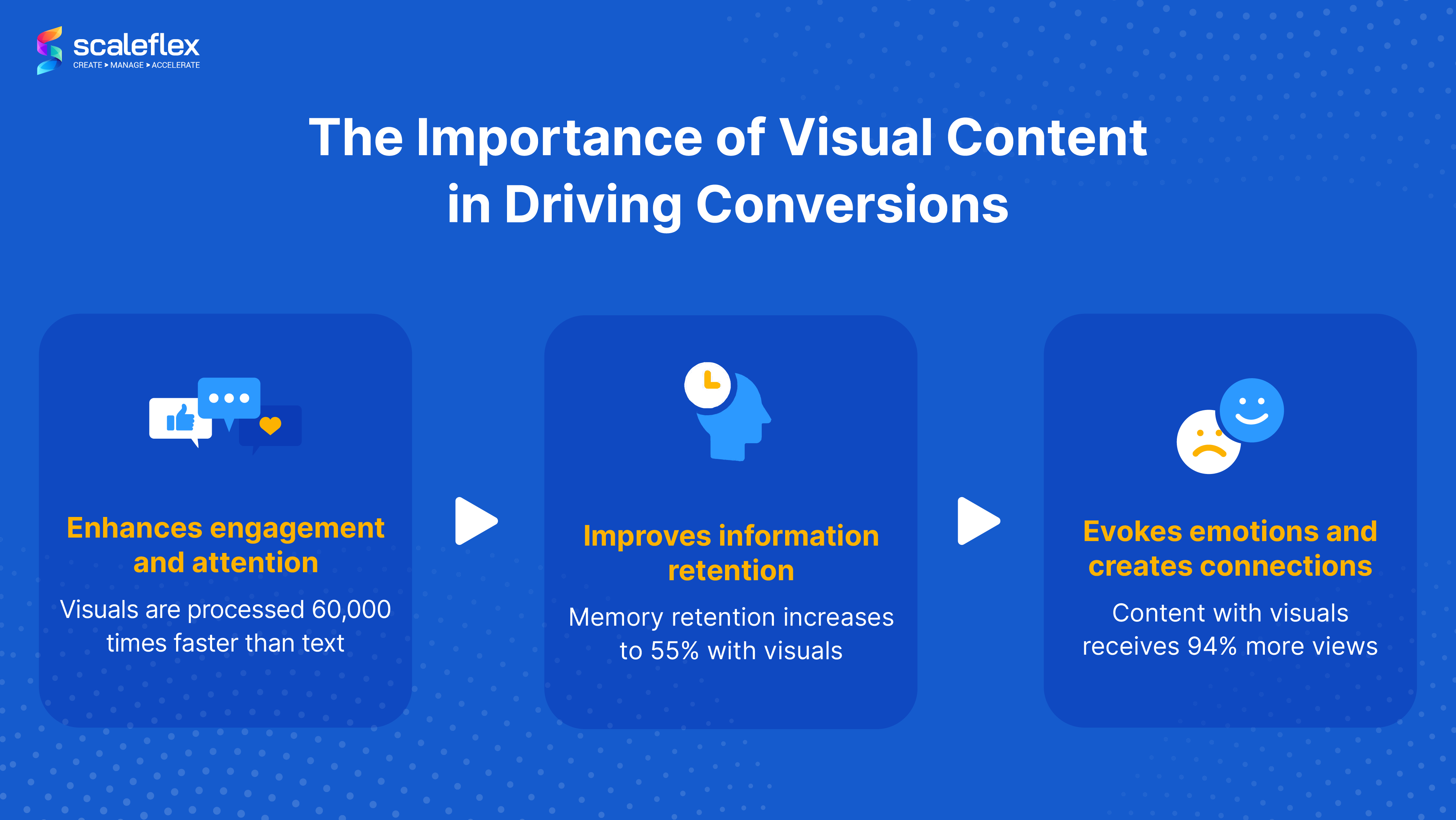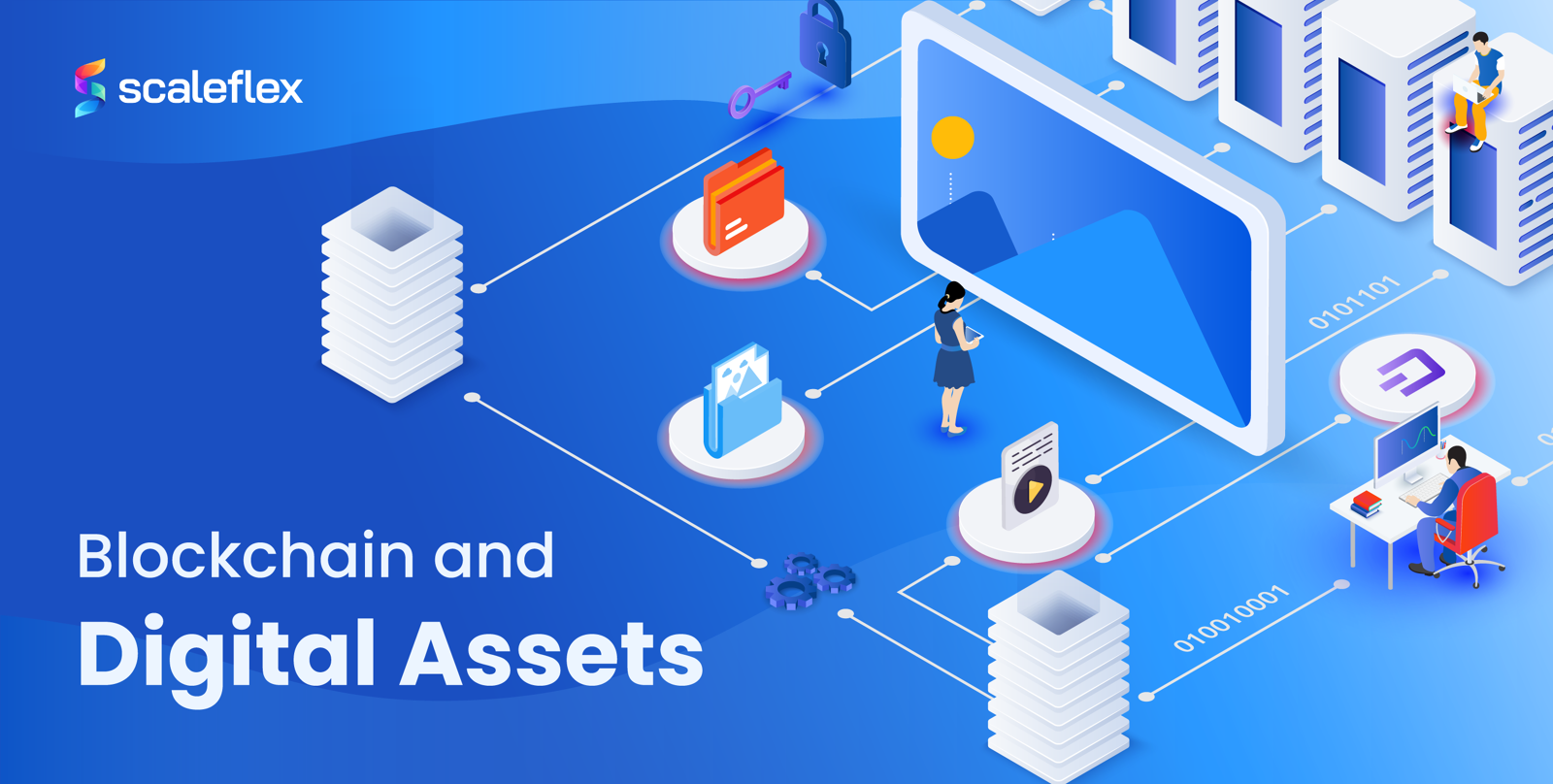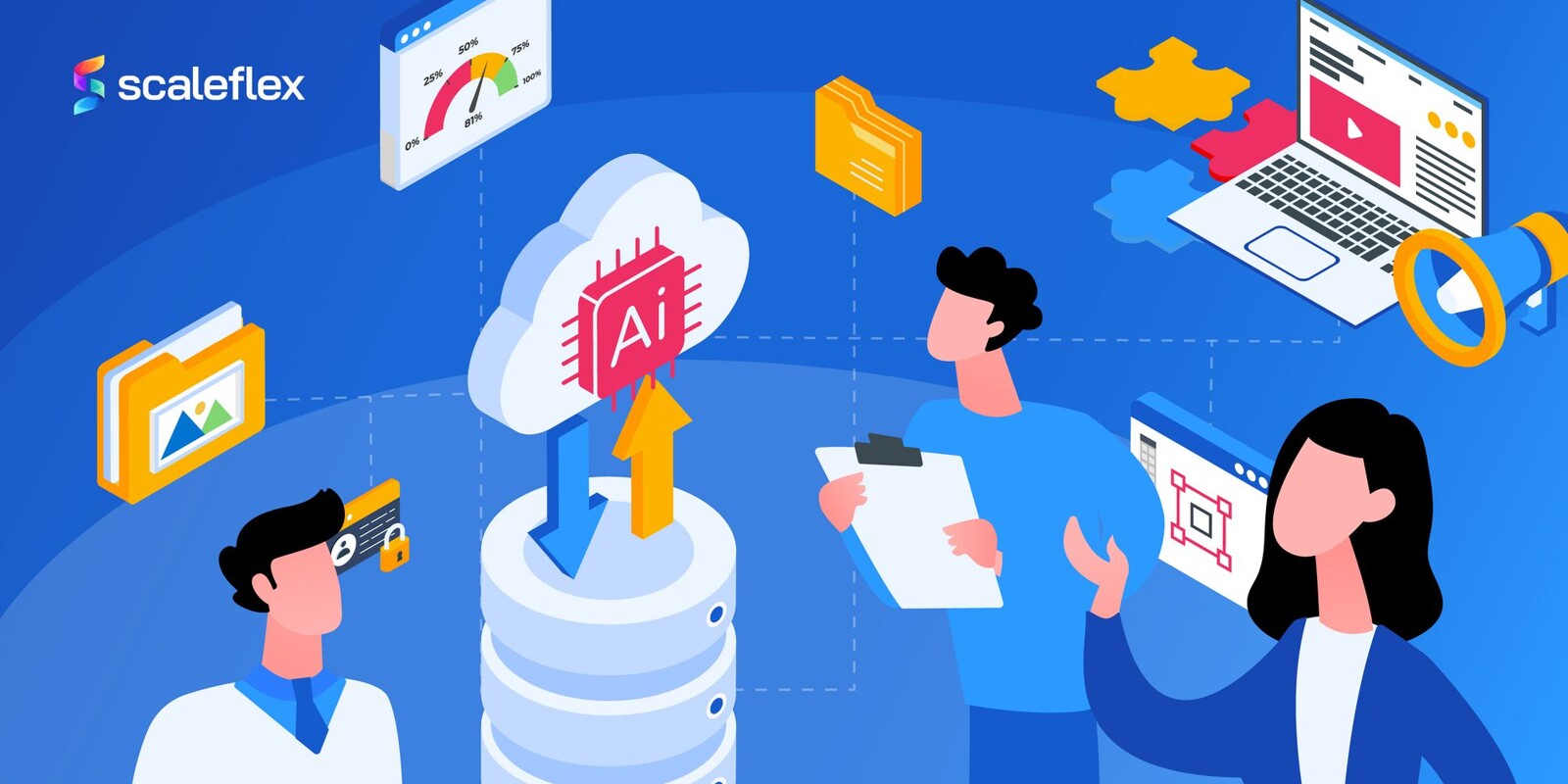How to Increase Website Conversion Rates with Compelling Visual Content
You’ve arrived at this blog post, but imagine if it is a page filled with words without any infographics, images, visuals, or videos. Would you want to carry on reading it? Unlike our good ol’ books, consuming content on the internet requires more than just compelling writing and persuasive copywriting skills, and exceptional SEO knowledge.
The impact of visual content should not be underestimated. In fact, incorporating visually appealing visuals on your website can significantly boost conversion rates and drive desired actions from your audience. But how? Whether you’re an e-commerce store owner, a service provider, or a content creator, understanding the power of visuals and how to leverage them effectively can be a game-changer for your online presence and conversion.
Why is visual content important in driving website conversions?
When it comes to capturing the attention and engaging modern online audiences, visual content reigns supreme as it has a profound impact on user engagement, trust-building, and decision-making.
And what is visual content? Visual content or visual assets refer to any form of media that communicates information, ideas, or emotions through visual elements such as images, videos, infographics, illustrations, and graphs. Visual content is a powerful means of storytelling that captures attention, conveys messages, and evokes emotions more effectively than text alone.
Visual assets engage the audience by appealing to their visual senses, enabling quick comprehension and retention of information. In marketing and communications, it plays a vital role to deliver complex concepts, showcase products and services, and create a memorable brand experience.

Enhances engagement and attention
Visuals have the remarkable ability to grab attention and evoke emotions, making them highly effective in engaging users. According to studies, humans process visual information 60,000 times faster than text. When you incorporate rich media assets with interactive elements like 360 images, or the ability to zoom in and out to look at finer details, users spend a longer time on your page. From an SEO perspective, it is a valuable on-page ranking factor, and from a sales and conversion perspective, the more they interact with the page, the higher the probability of conversion.
Improves information retention
Did you know that when you use text alone, people only remember 10% of the information? When visuals are used, memory retention increases to 55%. By presenting information visually, such as through infographics, charts, and diagrams, you can communicate complex concepts more effectively, making it much easier for your prospects to understand your value proposition and take the desired action.
Evokes emotions and creates connections
Visuals can evoke emotions and create a sense of connection with your audience. In particular, images with real human faces that show frustration or joy can help you connect your users emotionally with your brand. They are more likely to trust your offerings and be influenced by your call to action.
It can also be through authentic user-generated content, where your brand ambassadors or regular people interact with your products or services that provide a form of visual testimonials to tell a story that solves their problem. Such visual content can help establish a strong emotional bond, foster trust, and increase the likelihood of conversion.
How to optimize visual elements to improve conversion rates?
Now that we’ve established how important visual content is, how can businesses best leverage the power of visual content? We’ll explore essential strategies and best practices for utilizing visuals to maximize your website’s conversion potential. From understanding your audience to optimizing visual elements, let’s look closer!

Define what conversions mean to your business
How to increase website conversion rates if you don’t know what your conversions are? Depending on your business goals, your website conversions could be purchasing a product, submitting a form on the website, or visitor guidebook downloads. Whatever that conversion is to your business - you’ll need to define it, and then you can set up ways to optimize and measure it.
Understand your target audience
To create visuals that truly resonate with your audience, gaining a deep understanding of their preferences is crucial. Is your target audience B2B? Or B2C with GenZs making up the bulk of your consumers? Conducting audience research and identifying the type of visuals that will captivate your target audience is then essential. When you gather insights into their preferences, you can tailor your visual content to evoke a positive emotional response and establish a stronger connection.
Select and create compelling visuals for your website
Choosing the right visuals is key to capturing your audience’s attention and conveying your brand message effectively. Especially when building up a brand, it’s important to pay attention to your design system - colors and fonts.
Images, illustrations, and videos must align with your brand identity and messaging. Logos placement, for example, also needs to be consistent.
Incorporate visuals in key conversion points
Not only should visual elements be eye-catching, but they should also be strategically designed and placed to optimize conversion rates - where they are placed on the website, and if they are used as ads, how are the headlines written and placed? All of these have a part to play in driving conversions.
Create captivating landing pages
Landing pages are the gateway to conversions, and visuals play a vital role in capturing visitors’ attention and driving them toward taking action. You can leverage visuals effectively on your landing pages by paying attention to the following:
- Hero images: Use a visually striking and relevant hero image that aligns with your brand and conveys the core message of your offering. It should create an emotional connection with your target audience and compel them to explore further.
- Visual proof: Incorporate visuals that showcase social proof, such as customer testimonials, reviews, and success stories. Visual images examples include seeing real people enjoying your product or service. These type of visual assets build trust and increase the likelihood of conversion.
- Clear call-to-action: CTA buttons need not always be boring! You can explore using visually prominent and compelling CTA buttons or banners that stand out from the rest of the page. These visual elements should guide your users’ attention to it, thus increasing the chances of clicking and converting.

Build persuasive product pages
Product pages are essential for convincing potential customers to make a purchase. You’ll need to build a compelling visual experience to increase conversion rates as they browse through the different pages. This can include:
- High-quality product images: High-resolution images that showcase your products from multiple angles, highlighting their features and benefits, are necessary. Include interactive elements like zooming in and out so that they can stay on your product page for a longer time.
- Videos and demonstrations: Apart from still photography, videos and demos can provide an interactive and immersive experience. They can communicate the value and functionality of your products much better than just regular images, improving conversions by up to 86%. Imagine seeing the pouring of a soda into a glass instead of just a product image of the canned drink.
Improve your call-to-action sections with visuals
This part of your website is the culmination of your conversion efforts, and visuals can play a huge role in motivating users to take action. Your UI / UX designer should help you with this by paying attention to the following:
- Visual hierarchy: Size, color, and placement matter to help make your CTA button more visually prominent and instantly recognizable
- Visual cues: Arrows and icons that can help direct attention to your call to action can act as visual signposts, guiding your users toward the desired action
- Relevant imagery: Visuals that complement the call-to-action and immediately convey the benefits or outcomes the users can expect can help you convert. Examples of visual images could be: if you’re offering a free e-book download, an enticing cover image representing valuable content inside is necessary!
Enhance visual performance and loading times
In a world where speed is of the essence, compelling visual content also needs to be fast.You’ll need a good understanding of image optimization techniques like compression and using the right image file formats to do so. When optimizing images for SEO or videos for SEO, metadata information like alt-text is also essential.
While in the past, all these optimization processes were very time-consuming and often involved tedious manual work. You now have automated tools and plugins to help you. You can automate media optimization on-the-fly in seconds via just a change of URL parameters or manage all your digital and visual assets in one place in a Digital Asset Management (DAM) platform.
Test and iterate visual content
Even with these numerous best practices, great marketers will know how important it is to have A/B testing in their arsenal. Marketers can make data-driven decisions that lead to higher conversion rates by systematically comparing the effectiveness of your different visual elements, like website images, and using analytical tools to track and measure their performance.
Key Takeaways: Visual content can increase conversion rates
From designing attention-grabbing visuals to enhancing user experience, speed is the key to visual performance in today’s oversaturated visual world. As such, employing media optimization like Cloudimage, coupled with a Content Delivery Network (CDN) that delivers it quickly to all around the world, is necessary. This ensures that the media content that your team takes lots of time and effort to create loads rapidly and contributes to a seamless user experience that converts.
Want to learn more about how fast-loading and optimized visuals can help you improve conversion rates? Speak to Scaleflex’s friendly DAM and web performance experts!





